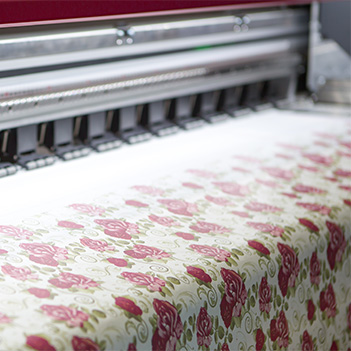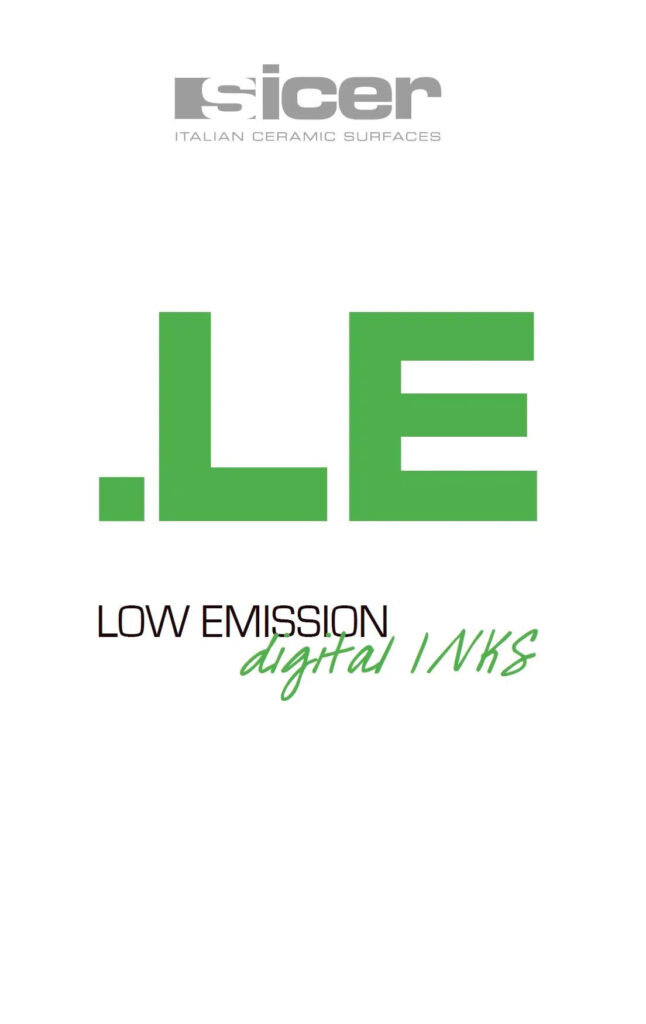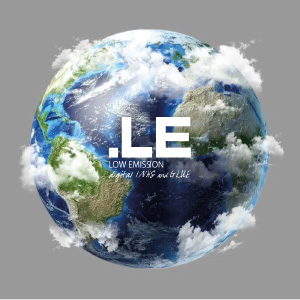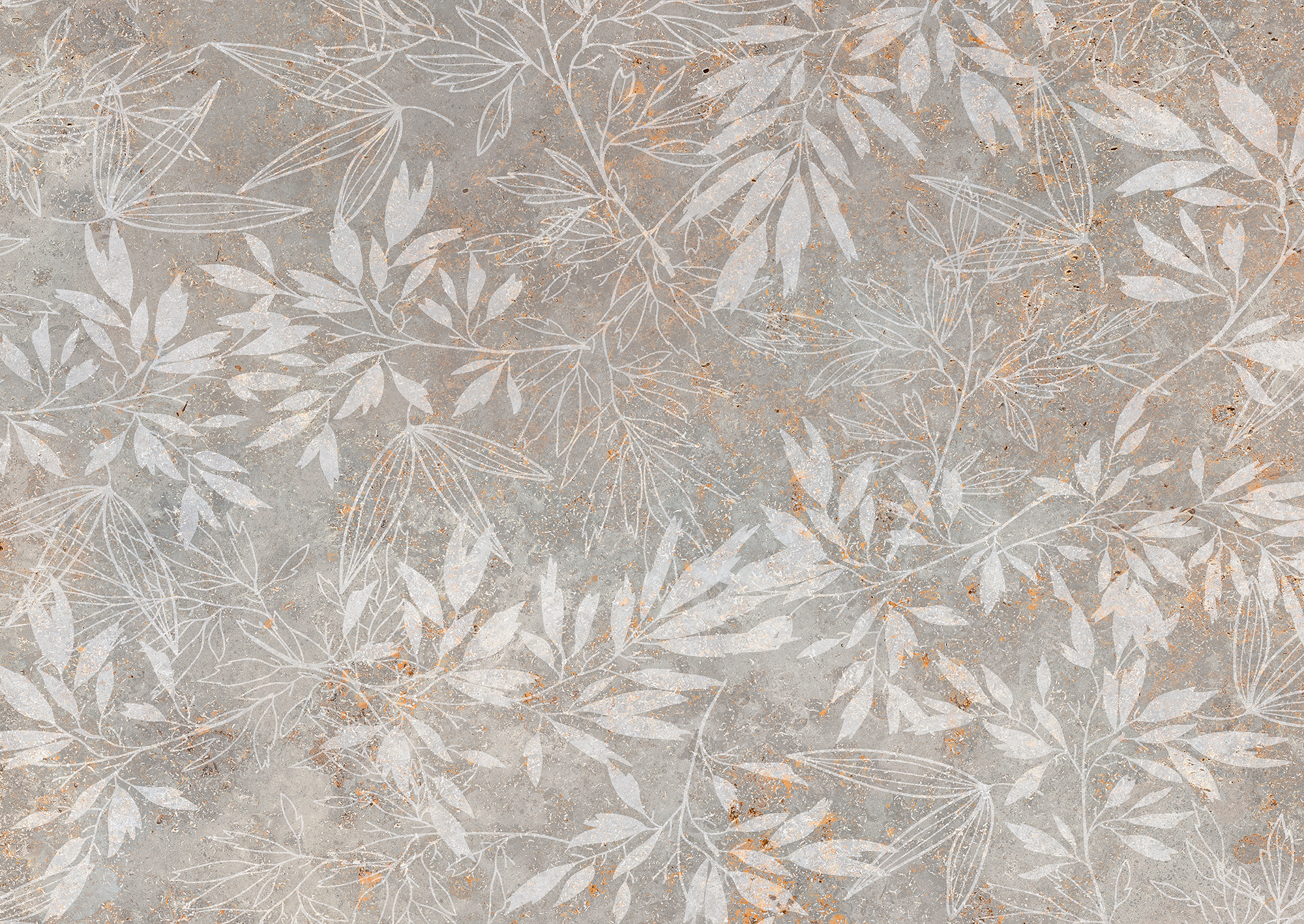Table of contents
- What is sustainable digital printing
- Environmental advantages over traditional methods
- Innovation in materials and inks
- Digitization and Industry 4.0
- The role of scientific research
- The Sicer case: the .LE Low Emission series
- Real impact and measurable benefits
- Future prospects and circular transition
- Conclusions
- FAQ
What is sustainable digital printing?
Sustainable digital printing is now one of the pillars of industrial innovation. It is the direct evolution of traditional printing techniques, but with a clear goal: to reduce the overall environmental impact throughout the entire production cycle, from ink formulation to emissions management.
According to a study published in Sustainability (Kozake et al., 2021), the use of water-based inks and digital inkjet technologies can reduce CO₂ emissions by up to 75% and material waste by up to 57% compared to flexographic printing on plastic substrates.In the ceramics industry, the transition to digital printing has introduced a more efficient, precise, and cleaner approach. Unlike analog systems, it consumes fewer resources and allows for flexible customization, with consistent quality even in small-scale production.
Environmental advantages over traditional methods
One of the main strengths of digital printing is the reduction in energy and water consumption.
Research conducted by the AATCC Journal of Research (Hoque et al., 2024) has shown that, in the textile sector, digital printing reduces water use by up to 60% and chemical use by up to 50% compared to traditional rotary systems.
In the ceramics sector, too, the digital approach makes it possible to:

- reduce the number of process steps;
- reduce material losses and production waste;
- optimize consumption through targeted ink deposition;
- reduce emissions of volatile organic compounds (VOCs) and aldehydes, the main causes of indoor industrial pollution.
A key aspect is the ability to control the amount of material deposited with micrometric precision, ensuring consistent aesthetic and technical performance.
Innovation in materials and inks
The evolution of sustainable digital printing is driven by increasingly advanced materials research. In the field of digital ceramic printing, the focus is on replacing traditional solvents with low-emission compounds that guarantee:
- less odor during the printing cycle,
- controlled decomposition in the kiln,
- a reduction in volatile substances generated during firing.
These innovations enable a reduction of up to 50% in VOCs and aldehydes compared to conventional inks, without altering color quality or surface resistance.
Digitization and Industry 4.0
Sustainable digital printing is not just a question of materials, but also of process and data control.
The integration of Industry 4.0 principles enables more efficient, traceable, and customized production.
As highlighted by the study by Gładysz et al. (Sustainable Printing 4.0, 2021), companies that adopt real-time digital monitoring platforms see improvements of up to 35% in energy efficiency and an average reduction of 30% in production waste.
This transformation translates into:
- optimization of the amount of ink used per product;
- a reduction in reprints and machine start-up waste;
- the ability to automatically calibrate color yield and viscosity based on the ceramic surface.
In a smart manufacturing context, sustainability is no longer a constraint but a driver of industrial competitiveness.
The role of scientific research
Academic research in recent years confirms that digital printing is a concrete lever for the transition to a circular economy.An article published in Energy Policy (Gebler et al., 2014) showed that additive and digital technologies, if properly implemented, can reduce the overall energy consumption of an industrial production process by up to 41%.
The Sicer case: the .LE Low Emission series
Laboratory research and development

Sicer’s research in the field of digital printing has led to the creation of two distinct technological lines, both focused on sustainability.
On the one hand, studies on water-based formulations have made it possible to analyze the limitations and advantages of this technology in terms of emissions and machine management.
On the other hand, in-depth research into new-generation eco-solvents has led to the creation of the patented .LE Low Emission series, a range of solvent-based digital inks, effects, and glues that guarantee extremely high technical performance and a significantly reduced environmental impact.
Laboratory analyses have measured parameters such as:
- TOC (Total Organic Carbon) emissions,
- odour units,
- aldehyde formation during baking.
The decision to focus research on ultra-refined solvent bases has resulted in stable, high-performance products with significantly lower certified emissions than the best traditional inks on the market.
Certified industrial results
Analyses conducted by independent certification bodies during the ceramic production cycle have confirmed significant data:
- –70% of odor units
- –60% formaldehyde
- –50% total aldehydes
- –50% of VOC
- –25% TOC (total organic carbon)
These results represent a substantial step forward in reducing emissions without compromising the color rendering, opacity, and brightness of the inks.
The effectiveness of the .LE series lies in its ability to raise the thermal degradation temperature of solvents, shifting combustion to the oven preheating phase. In this way, the oven itself functions as a natural afterburner, completing the reaction and reducing residual emissions.
Digital glue and low-emission materials
The evolution of sustainable digital printing does not only concern inks, but also functional materials such as digital glue, a fundamental element for the adhesion of grit and the definition of ceramic surfaces.
Sicer’s research has led to the development of low-emission formulations that combine production stability, graphic precision, and reduced environmental impact, making sustainable digital glue a key component of the .LE Low Emission project.
Technical details: HT and LT Glue from the .LE Low Emission series
Within the .LE Low Emission line, Sicer digital glue is available in two versions optimized for different production conditions:
HT (High Temperature) and LT (Low Temperature). Both guarantee high performance and minimal environmental impact, adapting to different firing cycles and types of ceramic surfaces.
| Version | Code | Intended use | Main characteristics |
| HT GLUE (High Temperature) | SCD 1990LE | Floors and surfaces subject to high temperatures | • Excellent stability in production • Extended drying times for perfect application • Ideal for long or high-temperature cycles • Reduces the risk of defects such as black core |
| LT GLUE (Low Temperature) | SCD 1995LE | SCD 1995LE Low-temperature firing coatings and surfaces | • Maximum graphic definition • Excellent adhesion even on thin surfaces • Same environmental performance as the HT version • Specific for rapid or medium-temperature cycles |
Both versions share the distinctive features of .LE Low Emission technology:

- no noticeable odors during printing,
- up to 50% reduction in VOCs and aldehydes,
- 60% lower formaldehyde emissions,
- compatibility with the main digital ceramic printing systems.
These characteristics make .LE digital glue a technologically advanced solution for sustainable ceramic printing, ensuring high production performance and a healthier working environment.
Find out more on the official website: Low Emission Digital Glue Water Based – Sicer
Real impact and measurable benefits
The impact of sustainable digital printing is not limited to the environment. It translates into concrete benefits for companies, such as reduced filtration and disposal costs, greater production stability, and a healthier working environment.
Certified analyses confirm that the .LE Low Emission series guarantees a significant reduction in emissions – up to 70% in odorimetric terms – without compromising quality and color rendering.This result demonstrates how technological innovation can become a real lever for sustainability in the ceramic sector.
Future prospects and circular transition
The future of sustainable digital printing involves three strategic directions:
- Integration of energy monitoring systems and AI
Digital printing platforms integrated with artificial intelligence will make it possible to optimize deposition parameters, predicting consumption in real time and intervening proactively. - Circular economy and recyclability
The goal is to close the material cycle by developing recoverable inks and substrates, with industrial water purification and reuse processes.
The combination of technological innovation, production efficiency, and environmental responsibility is the key to a truly sustainable industrial future.
Conclusions
Sustainable digital printing is no longer a futuristic concept, but a measurable industrial reality.
From reducing emissions to innovations in materials, to the concrete results achieved by companies such as Sicer, the path towards cleaner and more conscious ceramic production has already been mapped out.
Today, .LE Low Emission technology is one of the most advanced solutions for combining technical performance, aesthetic quality, and environmental sustainability.
A concrete example of how research can become industrial innovation, with tangible benefits for manufacturers, operators, and the environment.
FAQ
It is a set of technologies and processes that reduce the environmental impact of printing through the use of eco-friendly materials, lower energy consumption, and digital control of production parameters.
Reduction of CO₂, VOC, and aldehyde emissions, water and energy savings, less waste production, and greater overall efficiency.
Through oven emission analysis (TOC, VOC, aldehydes), odorimetric tests, and independent certifications on production cycles.
The use of latest-generation eco-solvents, certified emission reduction, and the ability to maintain the same color and production performance as traditional inks.
The evolution towards bio-based materials, predictive control systems, and complete integration with the principles of the circular economy.







